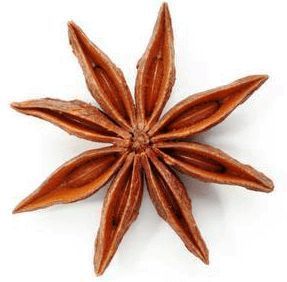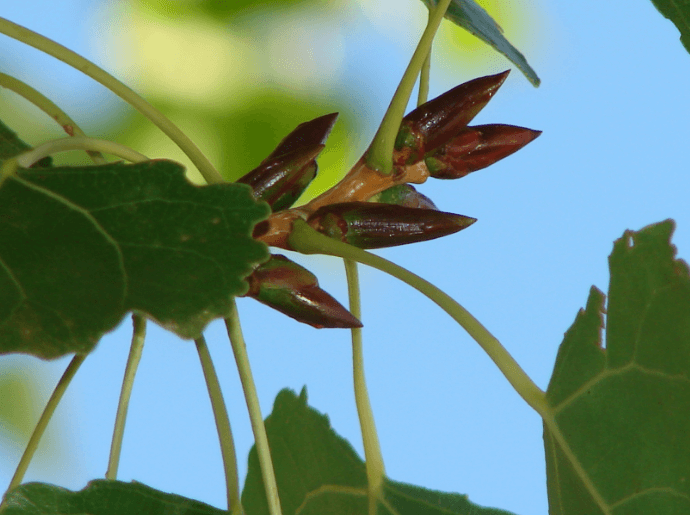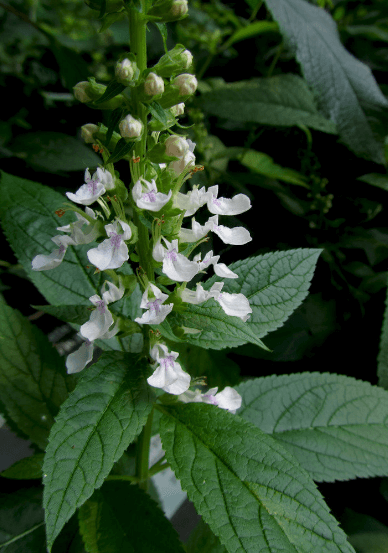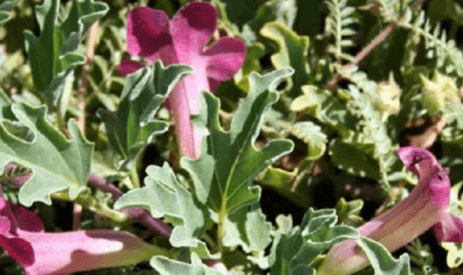Anise-(Pimpinella anisum) Umbelliferae Annual

Anise is a small, parsley – like plant 45- 60 cm (1 ½ -2 ft) high with serrated leaves that have a warmly aromatic taste. The flat, white flower heads are followed by intensely fragrant fruit or seeds which ripen to a brown colour and have the typical aniseed flavour. The plant prefers a sheltered, sunny position in light, well- drained soil. Propagation is by seed in spring, and in mild climates it may be sown again in autumn. Coriander and anise plants grow well together, each improving the quality of their fruit in every way.
Anise is native to Middle Eastern countries; it was cultivated by the ancient Egyptians and Greeks and was mentioned in the Bible. During the middle Ages it became widely known in Europe and was valued for the fruit, which has strong digestive properties. The quality of the seeds was also known by the early Romans who used them with other aromatic seeds in special fruit cakes, not only for the pleasant taste, but to help the digestion. Anise is also used to flavour soups, ground seeds being more suitable for this than whole seeds.
Aniseed is widely used in the preparation of liqueurs. In hot weather, a most refreshing drink can be made by half filling a tumbler with ice, then adding two or three teaspoons of anisette liqueur and topping up with ice- cold water.
Star-anise (illicium anisatum), a spice with a taste very similar to anise, comes from a small tree native to China. It has an attractive seed, larger than aniseed, brown, hard, and shaped like a tiny star hence its name. It too has excellent digestive properties and is widely used for this purpose and also as flavouring in Oriental food.
To harvest the seeds of anise, allow the flowers to set their fruit and when brownish in colour, cut off the heads before the seeds drop. Store then in cardboard boxes and expose then to direct sunlight occasionally to completely dry them out. When crisp and dry, shake the flower heads so that most of the seeds fall out, then sift them through a sieve, removing any remaining husks and bits of flower heads. Store the seeds in clean, airtight jars.
Uses:
Culinary- Whole or ground aniseed gives food a delicious flavour and makes it easier to digest. Aniseed is used in many types of bread, cakes and biscuits and may be used to add a delicious flavour to cooked, buttered carrots, turnips and beetroot. Cook some of the whole seed when steaming cabbage, and sprinkle it into coleslaw. When baking apples or pears, shake a few seeds on to the fruit while cooking. Aniseed may be used instead of caraway seed, which has similar digestive properties and is not unlike it in flavour. Put a few of the fresh leaves in a green salad.
Medicinal – aniseed is said to have many beneficial qualities. It may be used to relieve certain respiratory disorders as well as indigestion and flatulence. It is also helpful in alleviating colds and influenza, and is said to strengthen and brighten the eyes. Aniseed tea is refreshing to the palate and sweetens the breath. Anise is used to flavour cough lozenges, some cordials and tea blends. A very weak aniseed tea is a helpful beverage for soothing children, especially if they have colic; it should be mixed with warm milk and a little honey. It is interesting to note that anisette liqueur is said to be helpful in cases of bronchitis and is considered to have a favourable effect on the bronchial tubes.




